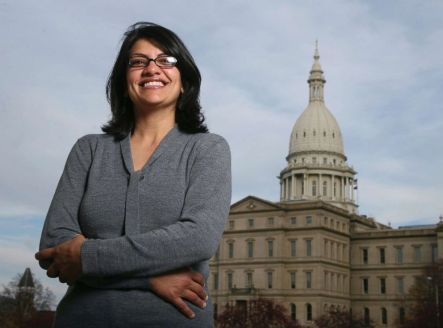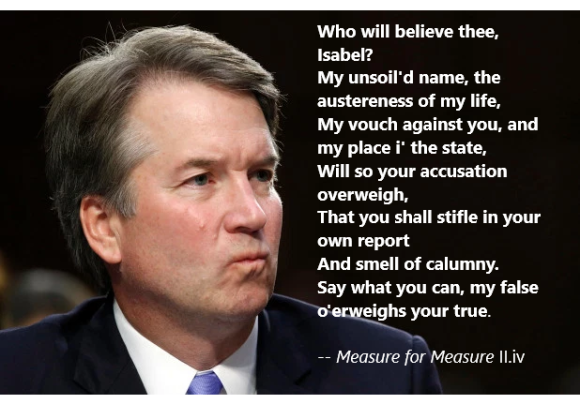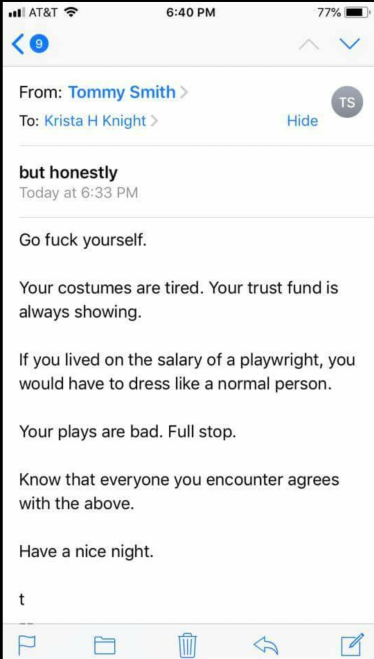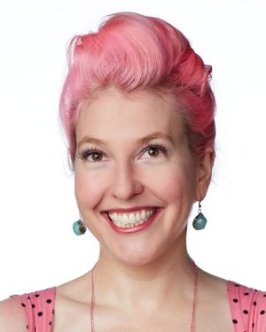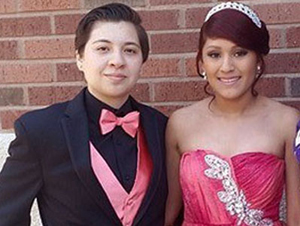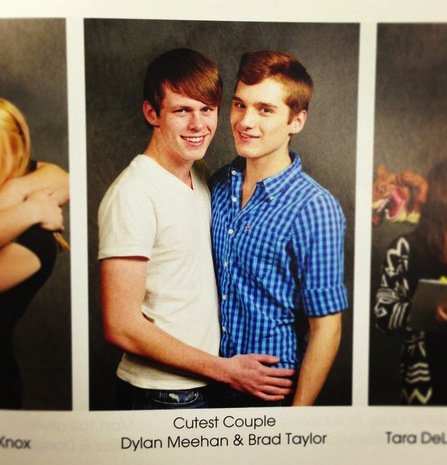Filmmaker Christopher Morrison recently released his film, The Bellwether, a psychological thriller about the sociocultural pressures women face. The film, written and directed by Morrison, is almost entirely a solo piece for the remarkable Alex Reid, whose performance in it is masterful. I’ve known Christopher for many years, and know his work as an advocate and ally, so I had a keen interest in this project. I spoke with Morrison from his home in Brussels.
Bitter Gertrude: One of the strengths of male allyship in gendered oppression is that cis men will listen to other cis men and take their opinions and analysis far more seriously than they do the opinions and analysis of everyone else. How do you see this film working as part of your advocacy for human rights?
Christopher Morrison: First of all, one big hell yes in agreement that that is such a problem. I see it in action on a daily basis in so many spaces, and have been guilty of that myself for sure. I did try to make a film where a woman always had center stage and was making her argument, and we had to take both the characters and the arguments seriously. I, personally, see so few films doing that, especially content written and directed by men. So as an advocate, that was something built into the film from the jump– simply providing uninterruptible space for women’s voices to be heard. This was also what the gender parity on the crew was about as well, consciously giving those artists a voice in this particular production and story. And, I suppose it is unfortunate that this needs to be said (but these days it does), I was interested in not just a positive abortion story but a story that made it very clear that abortion needs to continue to be talked about openly and the shaming around it needs to be addressed.
BG: Say more about the film’s gender parity. Was that a deliberate choice?
CM: Hugely deliberate choice. We fought for parity so hard on this movie. On set it was exactly even, but we fell out in post, unfortunately. But was close, something like 45 to 55%. And they were deeply involved co-creators. The executive producer, Ioana Matei, was involved every step of the way from concept to post, providing her input. Our editor, Stephanie Sibbald, was given carte blanche for the first two passes at the edit. Our great DP Gabi Norland and I worked together on every shot. Many, many shots are Gabi’s creation and her concept, and she made the film better with her obvious talent and experience. There are so many more; the film would not have been possible without their input and expertise.
BG: In the film industry, the male voice is undeniably the most prominent, and most films are made envisioning a male audience. I think part of the strength of Bellwether could be in a man speaking to men about the reality of the societal pressures the rest of us are under.
CM: I think it’s still amazing and sad how few men take time in their life to just listen to what most women have been through. We see our own lives reflected back on us constantly in the media and it makes us assume that everyone’s experience is the same. In The Bellweather, the audience is spending 70 or so minutes with a woman who is struggling to make her voice heard and just how frustrating and institutional that push-back is in the world. I tried to make the institutional misogyny very present in the Conspiracy.
BG: Films that show women abused or tortured have become controversial. I know you’re very aware of these issues, so it must have been a difficult decision to show her torture. What was that decision making process like for you, and why did you ultimately decide in favor of showing her torture?
CM: I must admit I’ve made a pledge to myself that this will be the last time I show a woman’s torture as main plot, as essentially entertainment. I’m a huge horror fan and I believe that time is up for that trope. When I was writing The Bellwether, I decided that was needed to physicalize what I mentioned above, trying to drag institutionalized misogyny into a very present and physical form that could be a genre film’s antagonist.
BG: One theme that feels prominent to me is humanity as represented by bodies and sensory perception, with a lack of humanity as its opposite. Joanne’s torture is aural, her story is shown to her through visual images, she’s intent on the woman working for “them” to speak to her face-to-face. There’s a lot of screen time given to breath. Her breath is a constant marker of where she is emotionally, and when she’s speaking about her abortion, she’s leafing through a huge Bible, which immediately made me think of the lines in the Bible where life is said to begin at first breath. “They” attempt to reduce Joanne to one function of her body.
CM: Thank you for noticing the breath! I tend to use that in everything I direct and/or write. I find it so visceral and a way for a flat medium to reach us physically. I have a physical background and finding ways to give a physical experience to a film audience is always something I’m interested in. Everything you point to is an attempt to remind the audience that there is a physical person on screen experiencing this physically, and to remind the audience of their own bodies.
When I sat down to write this I wanted to write a positive abortion story. Having been the male counterpart to two abortions and the friend escort to two others I saw first-hand the pain and the relief and the questioning and how physical it is in terms of recovery. And as it is still a taboo, particularly in America, I really wanted that in the fore. I wanted to highlight the physical recovery of an abortion along with the mental issues that can come along with it, mostly pushed on women (and some male partners) from the outside. But I wanted the abortion in her past so a lot of the torture had to be physicalized in the present through the Conspiracy. Attacking her aurally is my equivalent of all of the societal talk about how ashamed women should feel about their abortions.
BG: Tell me more about creating the shell personalities device. As a woman, I understand deeply what it means to create different personalities for different situations. Women in meetings can’t just say, “No, that won’t work”; we have to say, “I wonder if we could think about considering this aspect.” I’ve known a ton of women, myself included, who have been in hot water with management, labeled “aggressive” or “too challenging,” just for forgetting (or refusing) to put on that fake feminine shell personality when dealing with men. I wish men could be a fly on the wall to see what happens when they leave the room. Women drop that shit so fast! So the idea of having a shell personality over your “real” personality is something with which I am completely familiar. What’s unfamiliar to me is the idea that those personalities don’t interact or know about each other. What’s the metaphor there? What do you want people to take away from that?
CM: It first started as a way to make the script watchable and to make it interesting to a high caliber of actress. But once I settled on the concept, the thematics became very obvious. The metaphor was one I feel very keenly in my own personality separations and my struggles to integrate them and feel whole. I would want the audience to just see the basic idea: what parts of you are in control and when and where do they come from in your life and your past? And is that a good thing?
I did want this film to be something active. As it is said in the art world sometimes, “you might only get this one ‘x.'” I wanted my one feature to say something. I feel it does say something. It doesn’t do everything right, just like I’m an imperfect ally and advocate, but it’s my attempt and it’s out there and I’m proud of that.
Learn more about The Bellwether here.
